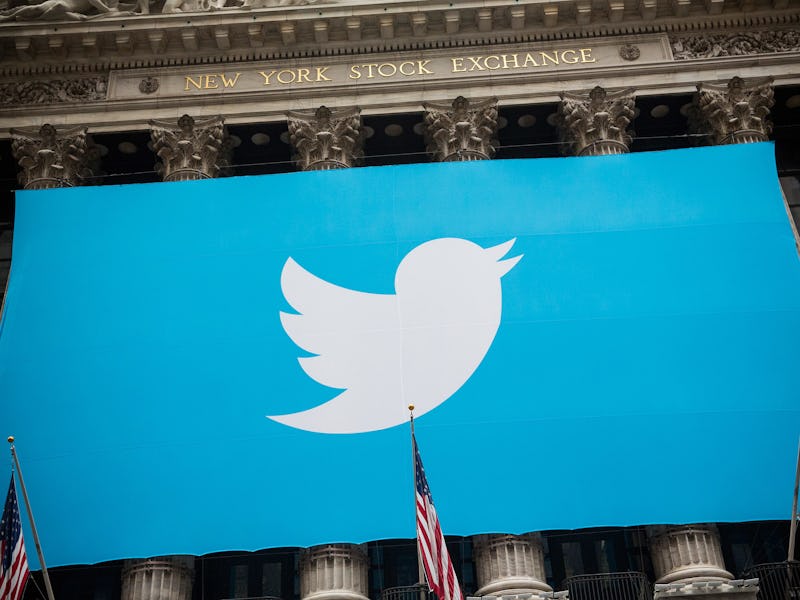I Love Twitter, But Its Next Play for More Users Might Drive Me Away
Why 'Project Lightning' feels like the wrong move.

Twitter is not having a good June. Last week the bird announced its CEO Dick Costolo would be leaving after five years with the company and replaced by Jack Dorsey, one of the company’s co-founders. The move shocked techies who have been watching the company with great concern over recent years. But when a company boasts 300 million users and still lost $578 million last year, it has to make some bold moves.
This week Buzzfeed published a look at Twitter’s “Secret Project Lighting,” the company’s next big attempt to add more users. The update described is not just a single new column like their previous “Discover” feature, but is a fundamental shift in the mobile app that tries to harness Twitter’s knack for catching an instant zeitgeist. When a major event hits, grassroots channels burble up instantly: the Baltimore protest riots, the Super Bowl, the Game of Thrones finale. Twitter wants to funnel specific content — news links, photos, videos clips and videos streams — into specific feeds for users to follow, and swirl those channels into news feeds.
The idea is to centralize one of Twitter’s previously intangible strengths: Allowing a person to feel a real-time connection to a live event anywhere on the planet. But in seeking to organize Twitter on behalf of new users, will Project Lighting alienate the power users who thrive on Twitter’s chaos?
A central newsfeed and floating popular tweets could help new users; but making Twitter more like Facebook runs the risk of … feeling more like Facebook, an often stale, algorithm-governed garden. But each of these changes along with the more in-depth profiles gets Twitter closer to its teacher’s pet rival Facebook.
The other issue for Twitter is that its efforts to expand put it in conflict with current users, who enjoy its paired down interface and functions. The additional functions of Project Lighting for those users would seem redundant when their finely curated individualized feeds already accomplish what this new design sets out to do.
In Twitter’s infancy, the running knock on it was that people don’t give a shit what random people were eating for breakfast. The underlying critique holds: most people’s thoughts simply aren’t very interesting. But within that democracy of voices, a million niches formed, and Twitter found success in the cacophony.
Project Lighting’s approach may create a sort of shared front page for the platform, pulling news into a giant multi-media TV-like feed, and moving certain tweets out of chronological order. Those might make a great deal of sense. Or they might simply give us a lesser version of Facebook.
I’ve enjoyed my four plus years on Twitter. But let’s be real: how many examples are there of social media platforms with long lifespans?
If Twitter doesn’t survive, I’ll mourn for it…in whatever the character limit offered to me in another app.